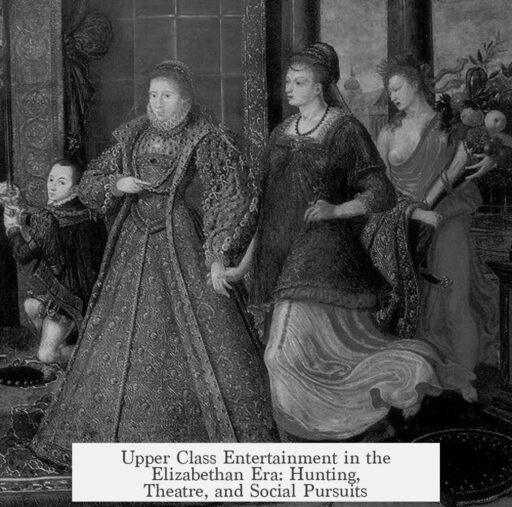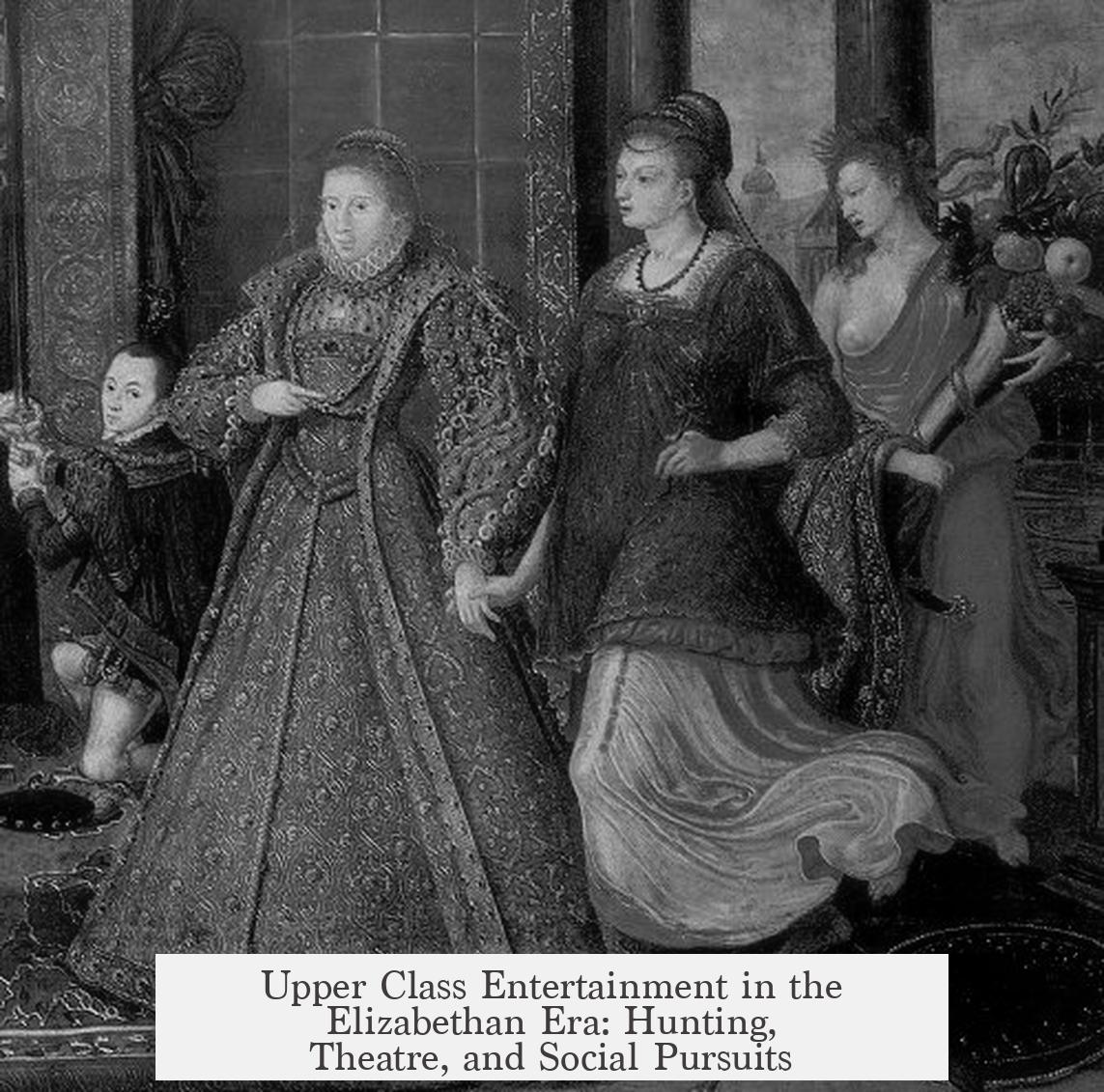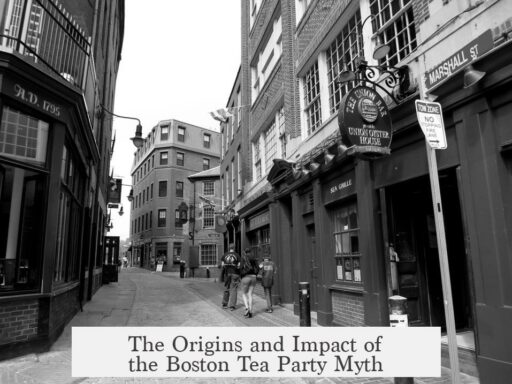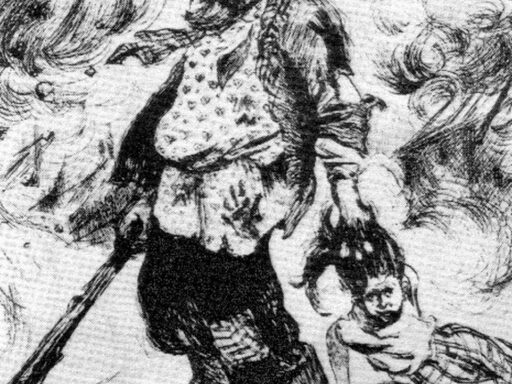Upper class entertainment in the Elizabethan era centered around activities that displayed status, wealth, and refinement. Hunting and hawking were popular outdoor pursuits. At court, rich spectacles, private theater, music, dancing, and grand feasts provided elite amusement.
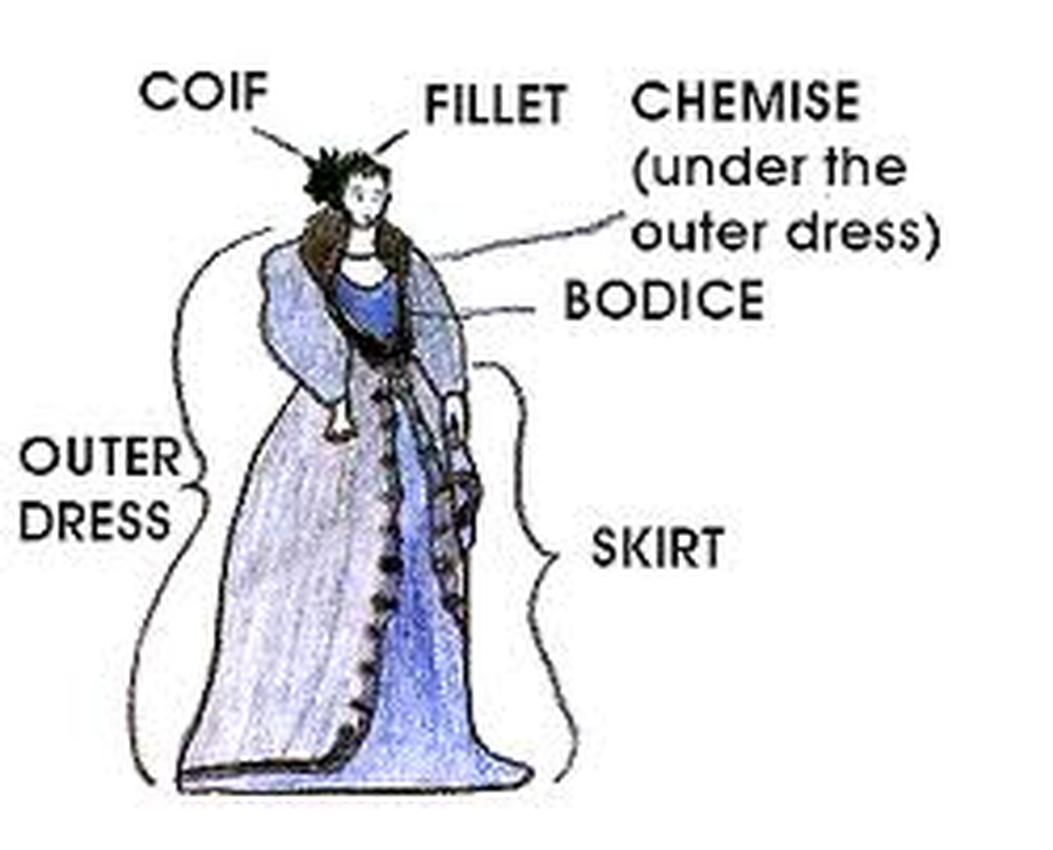
Hunting was a favorite pastime among the upper classes. Deer hunting was especially esteemed, symbolizing nobility and control over the land. People also hunted foxes, hares, and other game. Hunting trips served as a social event and a demonstration of skill and wealth.
Hawking, or falconry, complemented hunting. It involved training birds of prey to catch game. This pastime required expertise and expensive birds, emphasizing status. Nobles displayed their falcons during hunts as a sign of distinction.
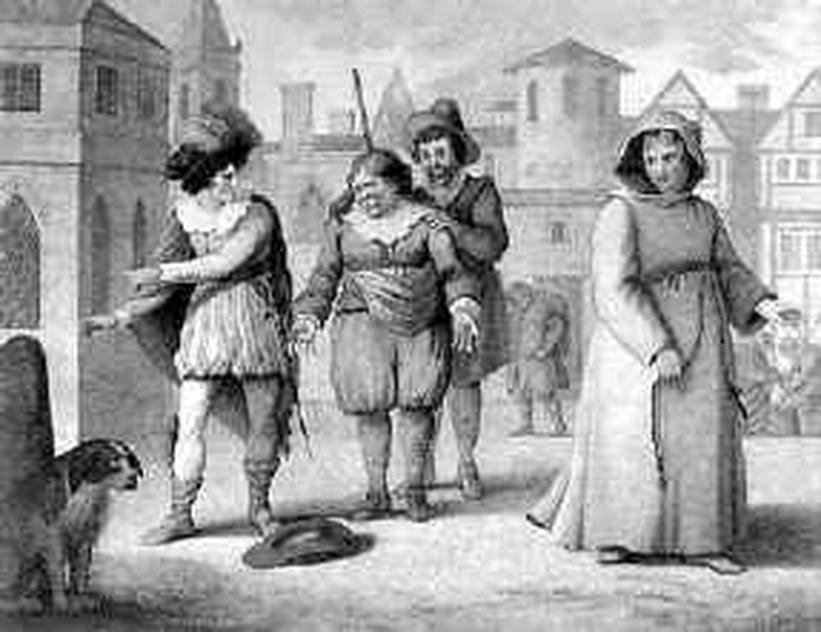
The Elizabethan court hosted many spectacles. These included elaborate masques with music and dance, royal progresses, and theatrical shows. Theater was highly popular, with upper classes enjoying private performances in their homes or exclusive venues. Exclusive access to new plays by playwrights boosted prestige.
Music played a crucial role in upper-class life. Wealthy households maintained musicians and singers. Dancing was common at balls and social gatherings. Instruments like lutes and viols were prevalent, and dances ranged from formal courtly dances to lively country reels.
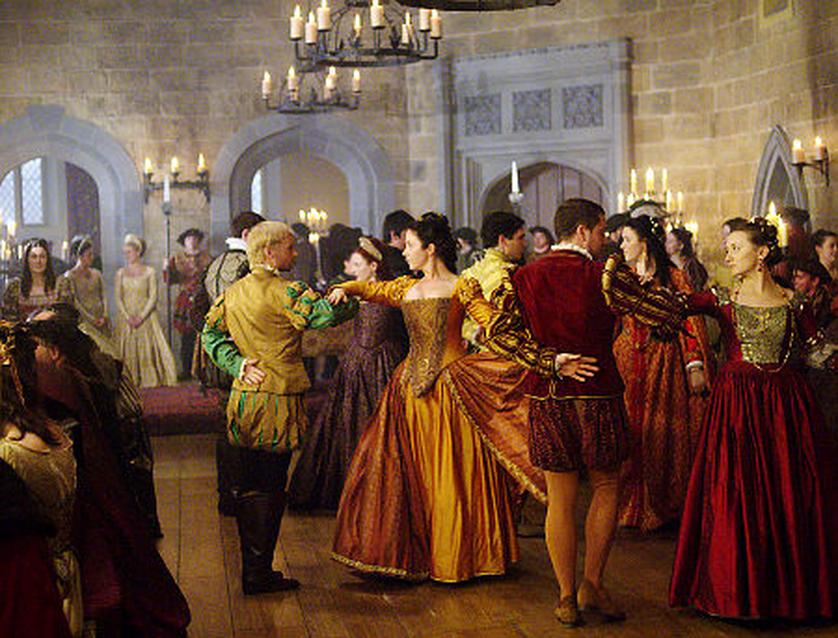
Feasting and banquets showcased power through lavish food and drink. These events were carefully orchestrated spectacles. They featured multiple courses, fine wines, and entertainment such as jesters or musicians. Guests used these occasions to network and affirm social ties.
| Entertainment Type | Description |
|---|---|
| Hunting | Deer, fox, and hare hunting as noble outdoor sport |
| Hawking | Falconry symbolizing skill and social rank |
| Courtly Spectacles | Masques, plays, musical performances at royal court |
| Theater | Private performances for the elite, new plays by famous playwrights |
| Music and Dancing | Household musicians, formal balls, popular dance styles |
| Feasting and Banquets | Elaborate multi-course meals with entertainment to display wealth |
- Hunting and hawking were outdoor pursuits demonstrating status.
- Private theater and court spectacles engaged the upper class.
- Music, dancing, and grand feasts held social and symbolic importance.
What Was Upper Class Entertainment Like in the Elizabethan Era?

Upper class entertainment in the Elizabethan era revolved around lavish, status-driven, and culturally rich activities that blended sport, art, and social spectacle. Unlike today’s diverse amusements, the Elizabethan elite lived in a world where showing off wealth and cultivating influence came first. Let’s explore this vibrant social scene, one extravagant pastime at a time.
Imagine stepping into the shoes of an Elizabethan noble: your days and nights revolve around carefully curated leisure that sharpens your social standing. Each activity holds a distinct place and meaning.
Hunting: The Aristocrat’s Favorite Sport
Hunting was not just sport; it was a statement. Among the upper classes, deer hunting topped the popularity chart. The chase, the skill, and the physical challenge combined with the sheer enjoyment of the outdoors.
But it wasn’t just deer on the menu for the ambitious hunters. Foxes and hares also offered exciting pursuits. Imagine leather boots, finely crafted bows, and the echo of hounds in the distance—a true upper-class adventure and a chance to flaunt equipment only the rich could afford. The invitation to join a hunt was itself a social honor.
Hawking: Noble Pursuit of Elegance and Skill
Falconry, or hawking, represented more than just a hobby; it was a noble art form. Handling a trained hawk demanded patience, precision, and financial resources.
A falconer’s bird was a prized companion, symbolizing status at court and beyond. Displaying hawks and engaging in hunting above the common people’s reach reinforced clear social hierarchies. The sight of a falcon swooping to seize prey was an Elizabethan spectacle worthy of admiration.
Courtly Spectacles and Performances: Drama and Display
When night fell, the upper classes often gathered at the royal court or noble houses to enjoy sophisticated entertainment.
Masques—elaborate, beautifully staged productions combining music, dance, and poetry—offered not just amusement but political messaging and flattery of the monarch. These performances were exclusive and magnificent, far beyond what commoners would see in the public theaters.
The Theater: Private and Public Enjoyment
While theater was famously popular among all social ranks, the upper classes preferred private performances in their dedicated spaces.
These private theaters—sometimes within noble estates—allowed Elizabethan elites to enjoy plays by Shakespeare and contemporaries in comfort and exclusivity. It was a pleasure tailored to the elite, blending literary culture with social interaction.
Music and Dancing: The Heartbeat of High Society
Music and dancing were essential ingredients of Elizabethan upper-class life. Wealthy households employed full-time musicians and dancers, ensuring constant readiness to entertain or impress guests.
Elaborate balls served as more than mere entertainment—they were networking goldmines. Dances followed strict codes of conduct, showcasing obedience, grace, and social standing. Did the lords and ladies really have time to think about the steps? Probably not during a heated game of court politics!
Feasting and Banquets: More Than Just Food
Feasts and banquets dazzled with their opulence. The sheer variety and presentation of dishes marked the host’s wealth.
These grand meals were social stages where power dynamics played out as much as on the battlefield. Sharing food built alliances; flaunting rare ingredients and elaborate table settings showed economic power. Who knew a plate of peacock or swan could speak volumes about who’s boss?
The Unique Angle: Why Did Upper Class Entertainment Matter This Much?
Elizabethan entertainment for the elite wasn’t just about fun; it was a daily exercise in identity, influence, and image management.
In a world where upward mobility was limited and power was often challenged, showing wealth and cultural refinement kept nobles secure in their social ladder rungs.
These activities also fostered networks—alliances forged during hunts or feasts often translated into political support or advantageous marriages. Entertainment was a tool of survival in court intrigue and beyond.
More Than Just Play: Practical Lessons and Social Skills
Engaging in hunting or falconry improved discipline and bravery. Courtly dances taught etiquette and patience, essential for navigating complex social circles.
Theater and masques didn’t just entertain but also sharpened one’s appreciation of literature and rhetoric—skills vital for public life and negotiation. Think of it as the original form of self-improvement through entertainment.
Engaging Elizabethan Society: What We Can Learn Today
Looking back, the Elizabethan upper class’s entertainment choices remind us that play can serve serious purposes—identity, networking, and showcasing values.
Imagine a modern “hunt” where instead of deer you chase professional goals or social connections. Elizabethan pastimes weren’t just distractions, but rich arenas where personal and political lives intertwined elegantly.
Next time you attend a gala, a concert, or even a team-building activity, consider: Are you just having fun, or are you also subtly communicating who you are?
Final Thoughts
The upper class entertainment in the Elizabethan era was a carefully curated blend of sport, art, and social strategy. Hunting and hawking showcased physical skills and wealth. Courtly spectacles and private theaters highlighted cultural refinement. Music, dancing, feasting, and banquets sealed social bonds and flaunted status.
All were active performances of power in a world where image was everything and leisure had clear social rules. To truly understand Elizabethan society, one must appreciate how entertainment doubled as social currency—a lively reminder that sometimes, fun comes with a side of politics.
